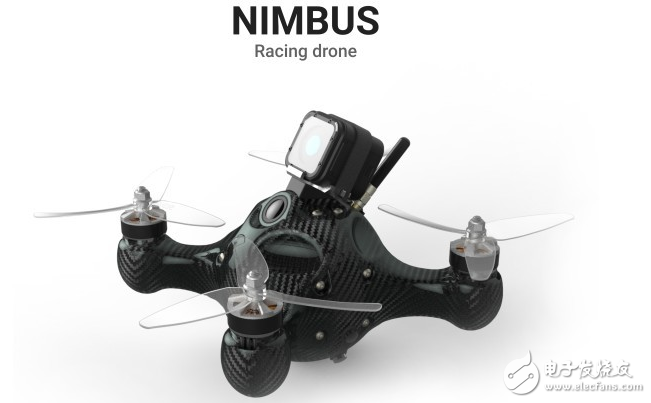
One problem is that most drones are not strong enough. Metal and engineering plastics are the main materials used in consumer drones. They have limited strength and are generally damaged if they fall, let alone participate in competitions.
Obviously, the tougher material is the future development direction of the drone. A startup company has taken the lead in launching NIMBUS, a competitive drone with carbon fiber material. It is said that the car is not bad!
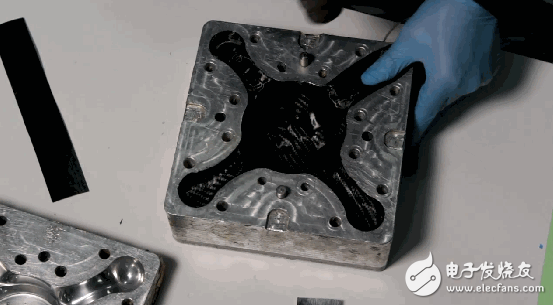
This is NIMBUS and it looks interesting. It uses a circular structure to incorporate the main electronic components, while the circular body structure, integrated wing and carbon fiber material ensure the overall pressure resistance.
It can be seen that the wing arms are very thick, ensuring no breakage when colliding or falling. So, is it really so strong? Take a look at the test and feel:
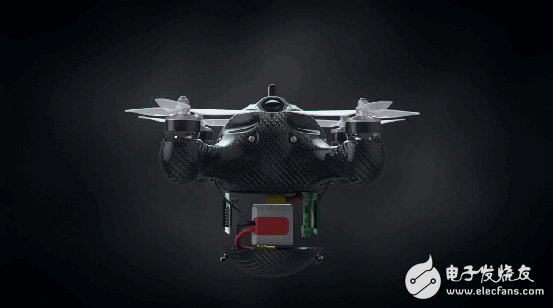
The general snow, obviously does not cause any damage to NIMBUS, the bottom of the spherical body can still withstand a lot of impact.
Rolling in the mud, NIMBUS has no problem at all, it supports IP54 protection level, wipe clean and continue to fly.
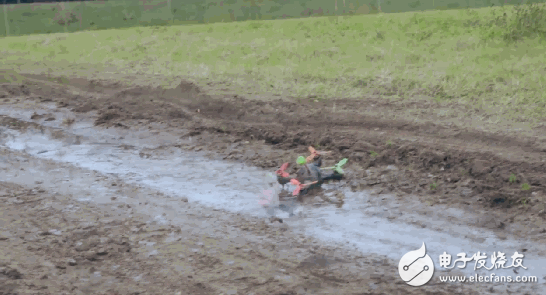
Awesome word brother, actually the car is not flat, you can see that the wing is not damaged. Of course, the tires are not directly pressed against the wing arms. But what is certain is that the round carbon fiber body is very strong, because the electronic components are actually integrated in the middle of the fuselage, the upper and lower parts of the circle are empty.
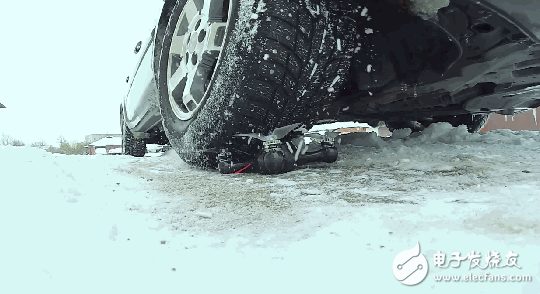
In other respects, the NIMBU can be equipped with a motion camera on the top of the fuselage, and a built-in lens for FPV first-person view flight, which can achieve 30/45/55 degree rotation, which is the necessary configuration for drone competition. Its motor is 2300kV, which can achieve speeds up to 160 km/h, and is also compatible with a variety of RTF controllers and 5.8 GHz head displays.
Electronic design is also trying to reduce its size while continuously improving the performance of the whole machine. From mobile phones to smart small portable products, small is always the same pursuit. High-density integration (HDI) technology enables end-product design to be more compact while meeting higher standards of electronic performance and efficiency. HDI is currently widely used in mobile phones, digital (camera) cameras, MP3, MP4, notebook computers, automotive electronics and other digital products, among which mobile phones are the most widely used. HDI boards are generally manufactured using a build-up method. The more times the layers are stacked, the higher the technical grade of the board. Ordinary HDI boards are basically one-time laminate, high-order HDI uses two or more layers of technology, and adopts advanced PCB technology such as stacking holes, plating holes, and laser direct drilling. High-end HDI boards are mainly used in 3G mobile phones, advanced digital video cameras, IC carrier boards, etc.
Pcb Hdi,Hdi Board,Hdi Pcb Design,Hdi Pcb Technology
Chuangying Electronics Co.,Ltd , https://www.cwpcb.com